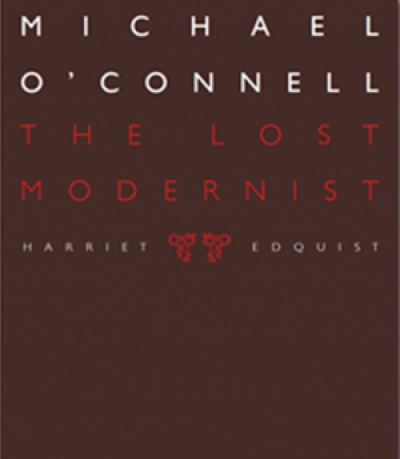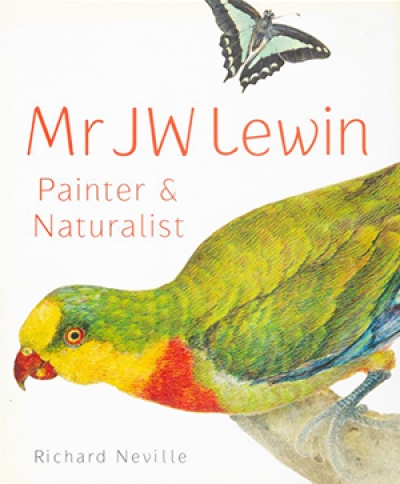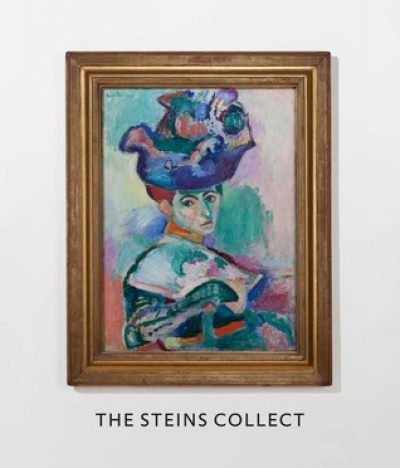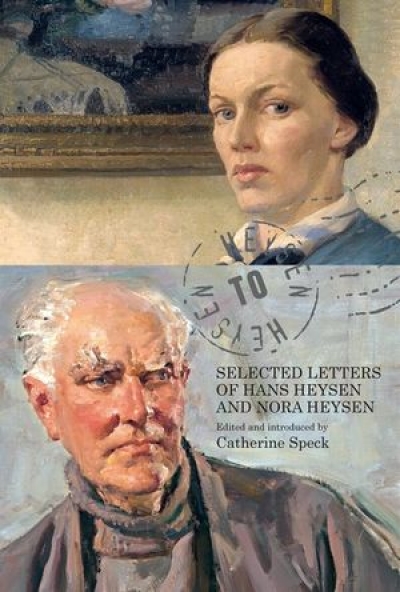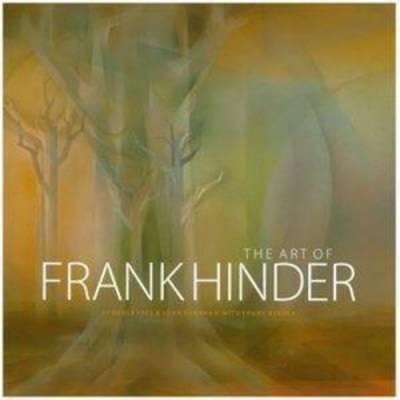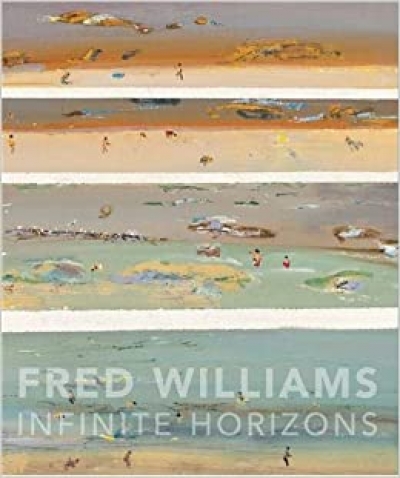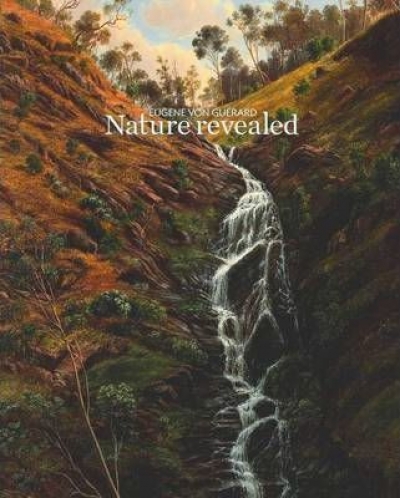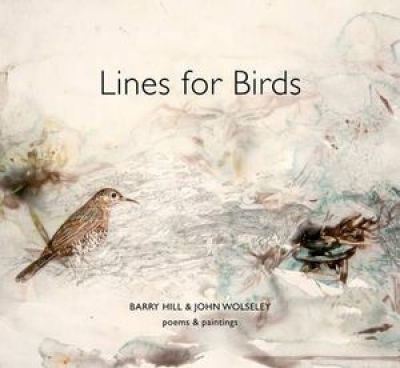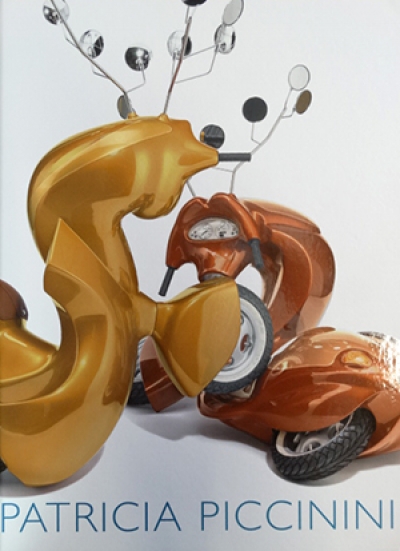Visual Art
Michael O’Connell: The Lost Modernist by Harriet Edquist
by Morag Fraser •
The Steins Collect: Matisse, Picasso, and the Parisian Avant-Garde edited by Janet Bishop, Cécile Debray, and Rebecca Rabinow
by Patrick McCaughey •
The West and the Map of the World: A Reappraisal of the Past by Matthew Richardson
by John Thompson •
Heysen to Heysen: Selected Letters of Hans Heysen and Nora Heysen by Catherine Speck
by Christopher Menz •
The Art of Frank Hinder by Renee Free and John Henshaw, with Frank Hinder
by Ann Stephen •
Lines for Birds: Poems and Paintings by Barry Hill and John Wolseley
by Chris Wallace-Crabbe •

